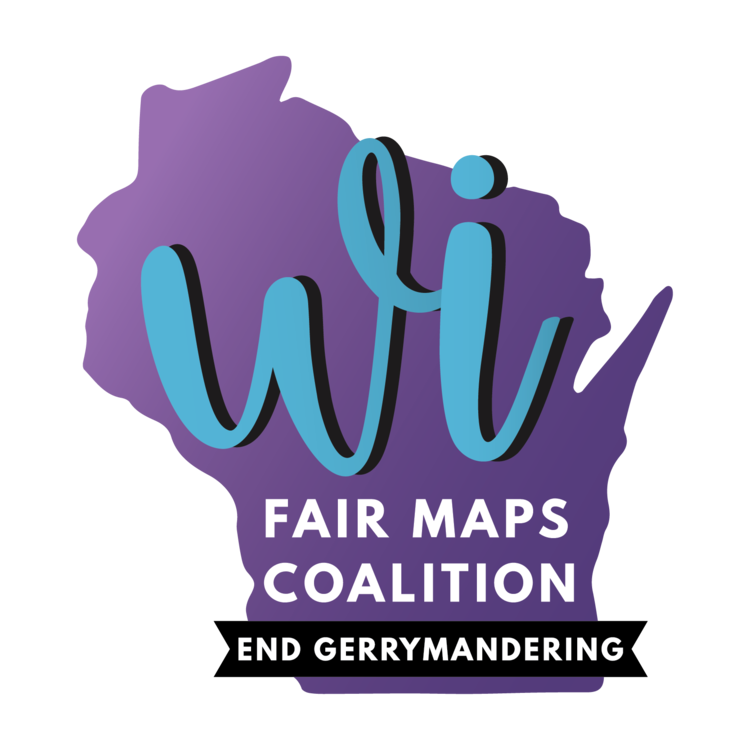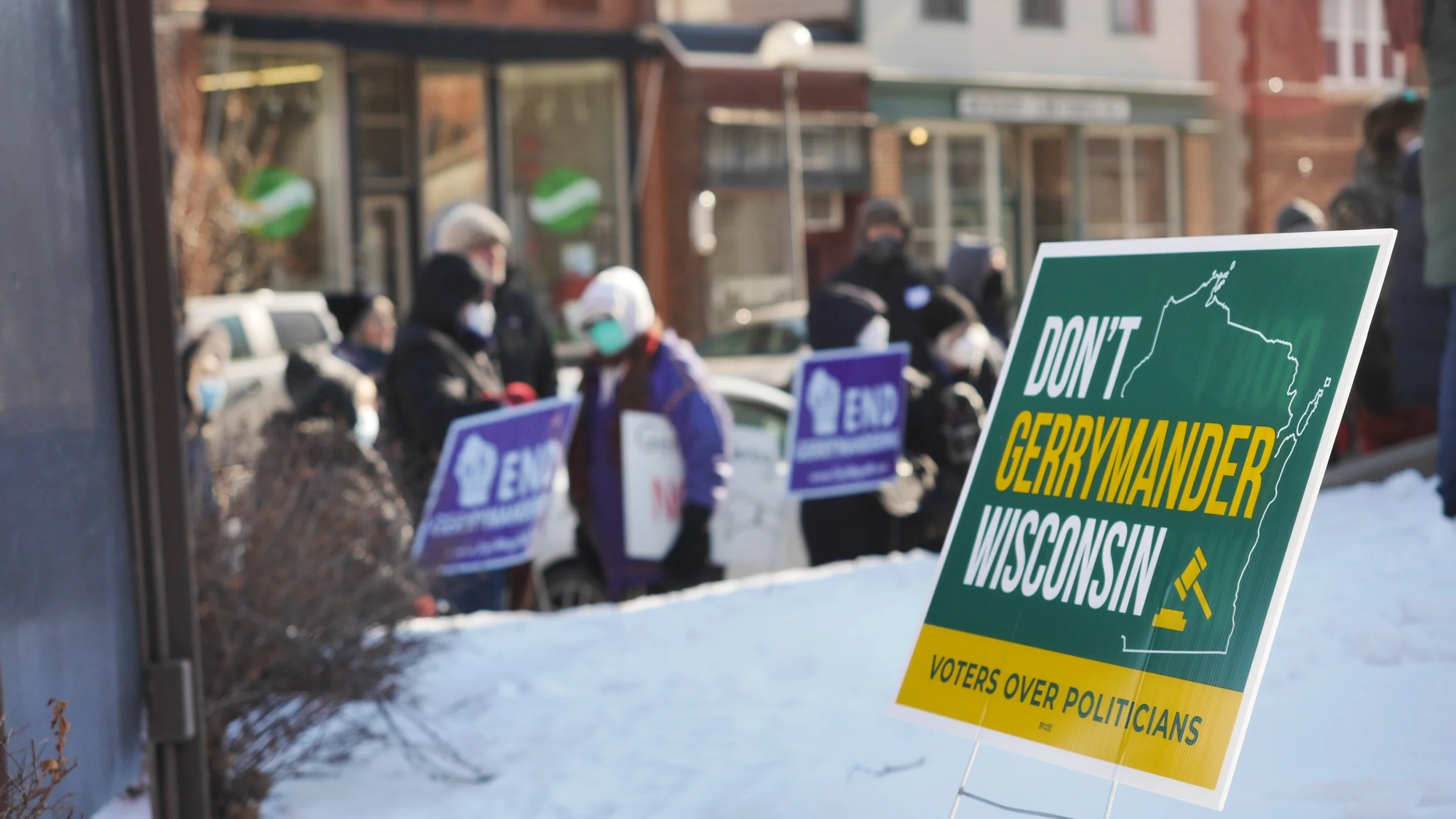What happened to maps in Wisconsin?
1971: Bipartisan and fair map were drawn by the legislature. This is the last time there has been bipartisan collaboration in redistricting.
1981, 1991, 2001: After partisan gridlock, federal courts drew congressional and legislative district maps.
2009: Democrats had majorities in the State Senate and Assembly and held the Governor’s seat. Nonpartisan redistricting legislation was proposed. They took a pass expecting to maintain the ‘trifecta’ in 2010 and being in charge of the redistricting process. They were wrong. Instead, Republicans swept the 2010 elections by narrow margins.
2011: Using new technology and algorithms, as well as high-priced, taxpayer-funded lawyers, Wisconsin Republicans in the legislature drew the most gerrymandered map in the United States in secret. In fact, they required members of their own party to sign confidentiality agreements before allowing them to see the maps.




